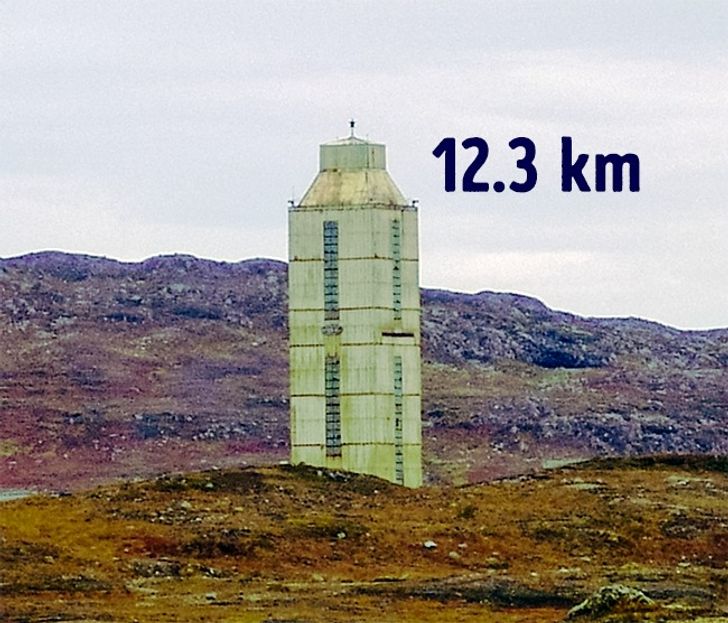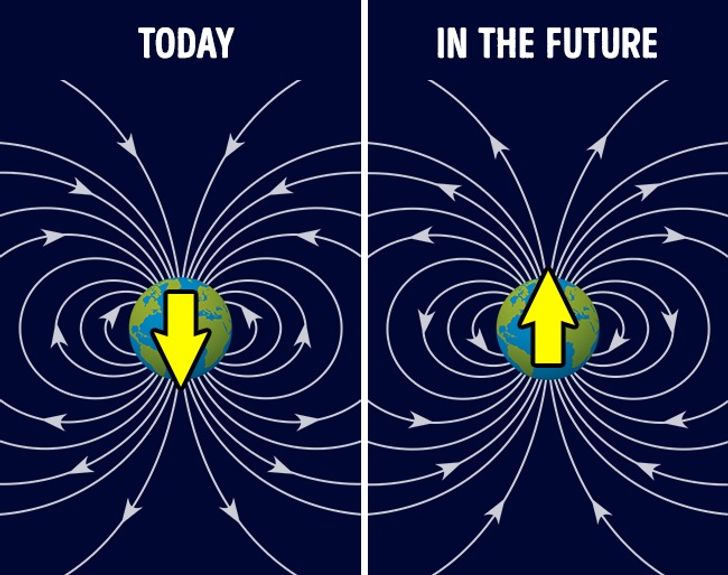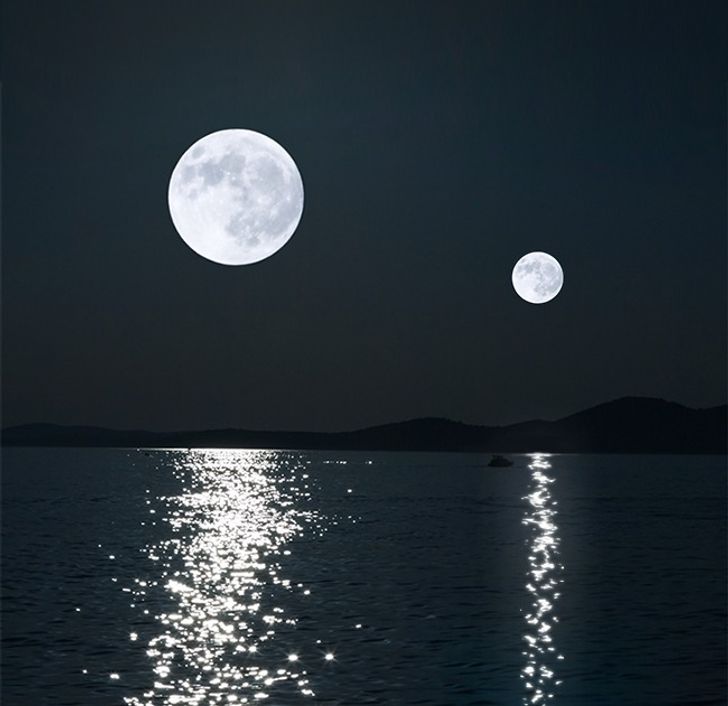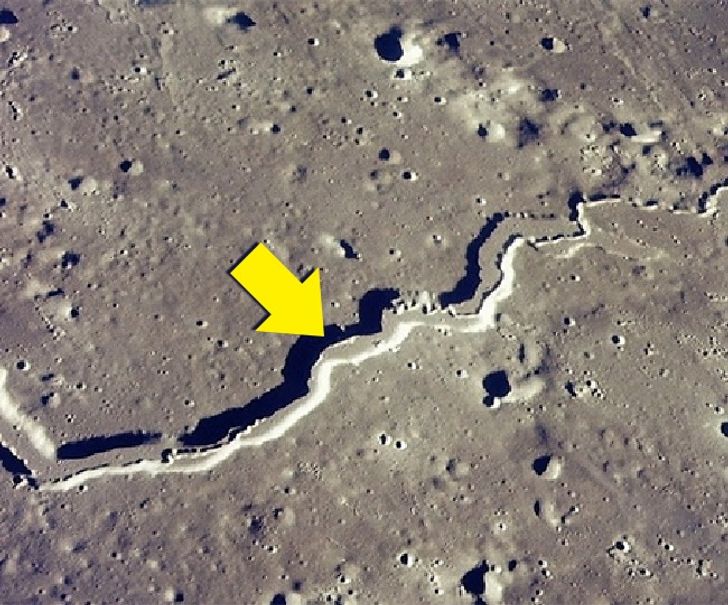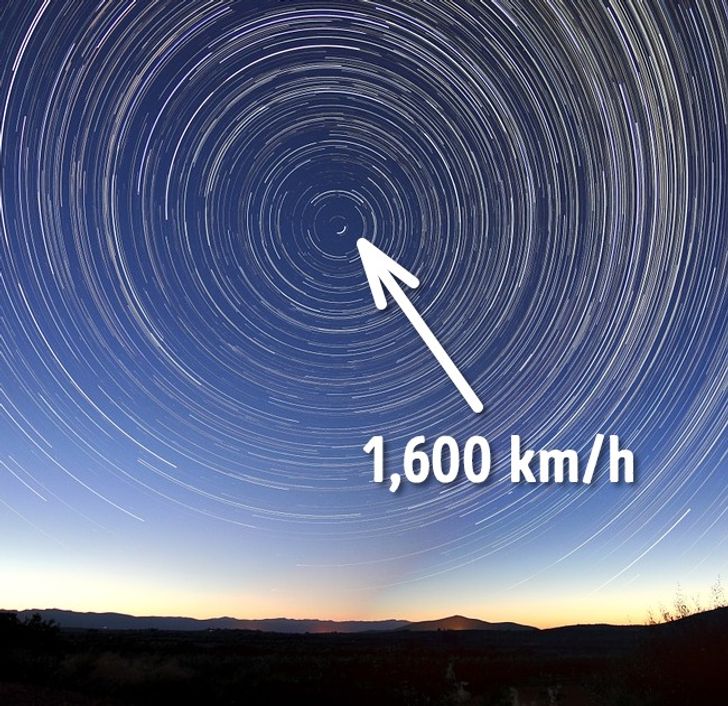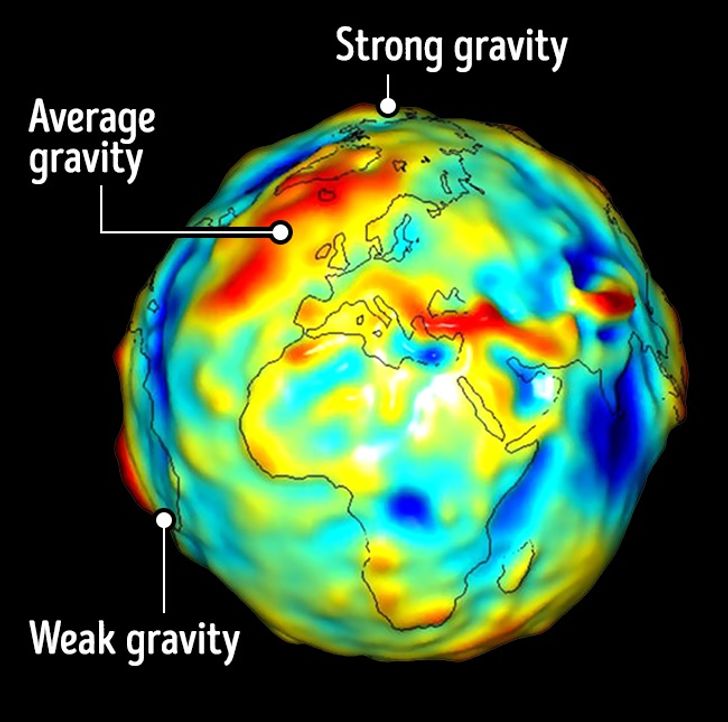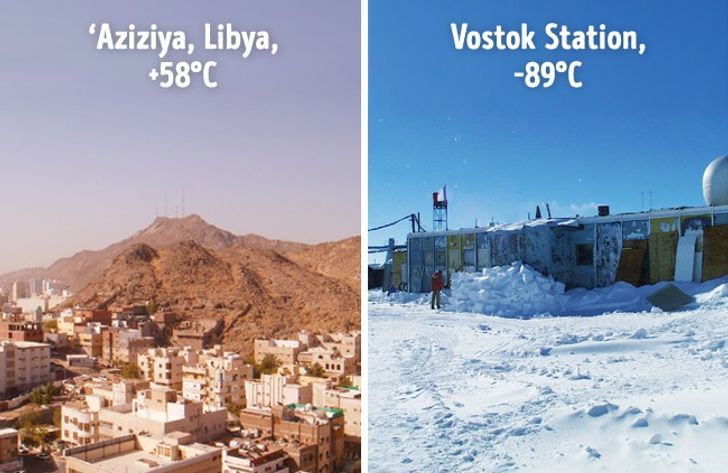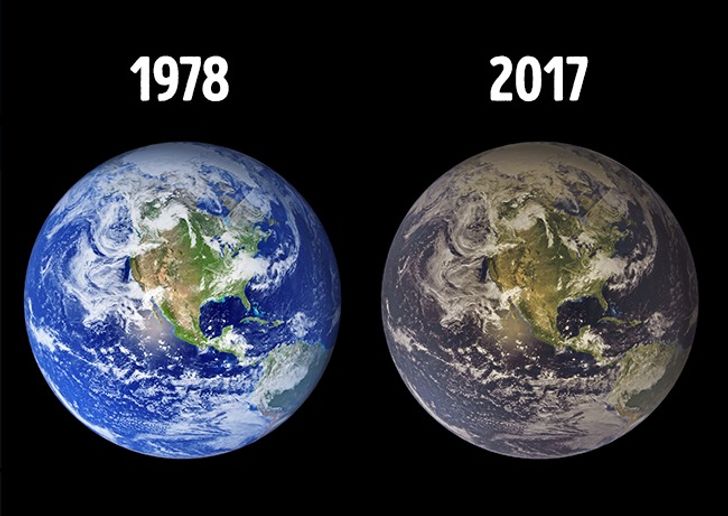We have explored our planet from the core to surface and it looks like we are ready to travel into space, yet Earth isn’t at all done surprising us just yet.
We shares 10 facts about the world that we don’t have any explanation for.
The Mystery of Our Planet Earth
10. We’ve Never Reached The Mantle
Seismologists believe that the inner core of our planet is solid, while the outer core is liquid and melted. Then comes the mantle, with the crust floating on top.
However, we still have no idea what it is, because we never reached it: its depth is from 30 km to 2,900 km, and the deepest well that humanity has dug so far is the Kola borehole in Russia, which is only 12.3. km deep.
Source: scienceline, quora
9. The Poles Can Change
Earth’s magnetic poles can move and even change direction entirely, and scientists have discovered that this has happened many times. The last change occurred 10 million years ago and is likely to happen again, but no one knows why.
Source: scientificamerican
8. We Used To Have Two Moons
Astronomers say Earth had two satellites about 4.6 million years ago. The second was about 1,200 km across and went around the same orbit the Moon does until they collided.
Such a cataclysm may explain why the two sides of the Moon are so different.
7. Moonquakes
Few people know that earthquakes also occur on the Moon. However, unlike terrestrial ones, they are not as powerful and occur very rarely.
There is a theory that they happen due to the tidal forces of the Sun and Earth, as well as the fall of meteorites.
6. Earth Spins Really Fast
Earth rotates at 1,600 km / h, and its movement around the Sun is even faster at 108,000 km / h.
We, however, can only feel the movement when its speed changes. Due to the constant speed and force of gravity, we don’t feel any of that.
Source: nasa
5. Strange Gravity
Our planet is not a perfect sphere, so there are areas of high and low gravity. One such anomaly is Hudson Bay in Canada.
Scientists have discovered that weak gravity is due to the low density caused by the rapid melting of glaciers.
Source: science
4. The Hottest And Coldest Points On Earth
The hottest place on the planet is in Aziziya, Libya, where temperatures of up to + 58 ° C occur.
The coldest place is Antarctica, where it drops to -73 ° C. But the lowest observed temperature was recorded in the season Russian. Vostok on July 21, 1983 (-89.2 ° C).
3. The Planet Is Severely Polluted
This really is nothing new. However, astronauts say that in 1978, the view of Earth was quite different from what we see now.
With lots of debris and space waste, our blue, green, and white planet are turning brown, gray, and black.
Source: chicagotribune
2. Earth Consists Of Iron, Oxygen, And Silicon
If we separate the constituent elements of our planet, it would look like this: 32.1% iron, 30.1% oxygen, 15.1% silicon, and 13.9% magnesium.
Most of the iron (about 90%) is considered to be contained in the core, while the crust contains more oxygen (47%).
Source: sciencing
1. Life on Mars
After years of speculation about life forms on other planets, scientists have found some encouraging signs that a vital molecule necessary for this is present on Mars, as seen in the formations in the Gale crater.
Furthermore, some large carbon-based molecules remain in the soil of Mars and are not just the result of contamination from the spacecraft itself. This would suggest that Mars had a life long before Earth.
Source: americanscientist
